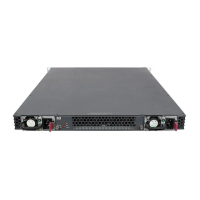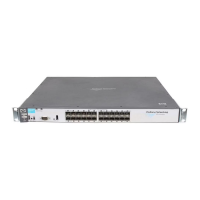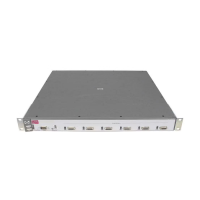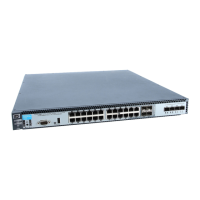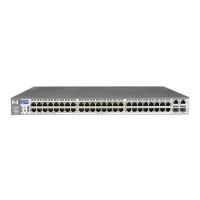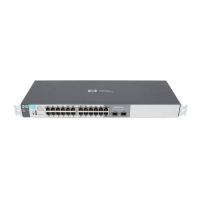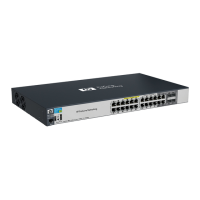Configuring for Network Management Applications
LLDP (Link-Layer Discovery Protocol)
■ provide information on network connectivity capabilities (for
example, a multi-port VoIP phone with Layer 2 switch capability)
■ support the fast start capability
Note LLDP-MED on the switches covered in this guide is intended for use with VoIP
endpoints, and is not designed to support links between network
infrastructure devices, such as switch-to-switch or switch-to-router links.
LLDP-MED Endpoint Device Classes. LLDP-MED endpoint devices are,
by definition, located at the network edge and communicate using the LLDP-
MED framework. Any LLDP-MED endpoint device belongs to one of the
following three classes:
■ Class 1 (Generic Endpoint Devices): These devices offer the basic
LLDP discovery services, network policy advertisement (VLAN ID,
Layer 2/802.1p priority, and Layer 3/DSCP priority), and PoE manage-
ment. This class includes such devices as IP call controllers and
communication-related servers.
■ Class 2 (Media Endpoint Devices): These devices offer all Class 1
features plus media streaming capability, and include such devices as
voice/media gateways, conference bridges, and media servers.
■ Class 3 (Communication Devices): These devices are typically IP
phones or end-user devices that otherwise support IP media and offer
all Class 1 and Class 2 features, plus location identification and
emergency 911 capability, Layer 2 switch support, and device infor-
mation management.
LLDP-MED Operational Support. The switches covered in this guide offer
two configurable TLVs supporting MED-specific capabilities:
■ medTlvEnable (for per-port enabling or disabling of LLDP-MED opera-
tion)
■ medPortLocation (for configuring per-port location or emergency call
data)
Note LLDP-MED operation also requires the port speed and duplex TLV
(dot3TlvEnable; page 13-59), which is enabled in the default configuration.
13-64
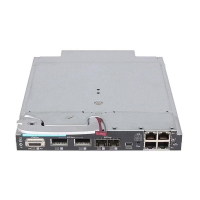
